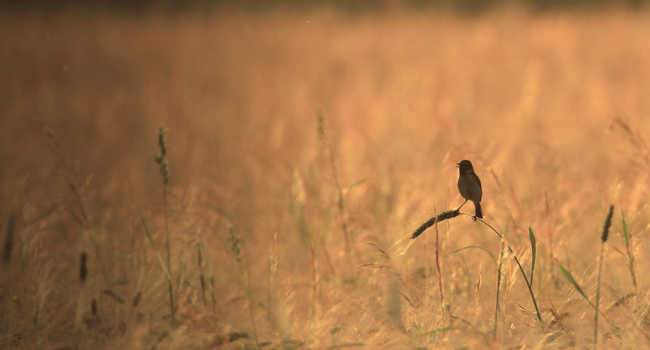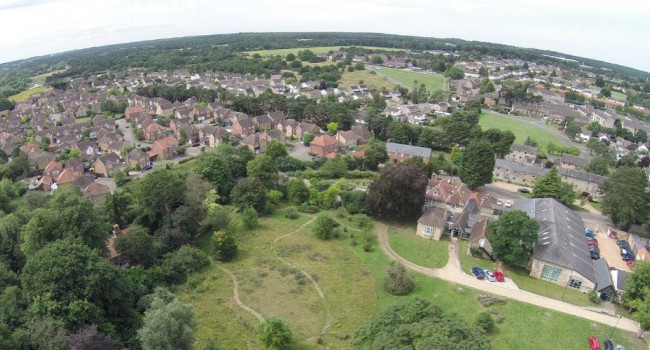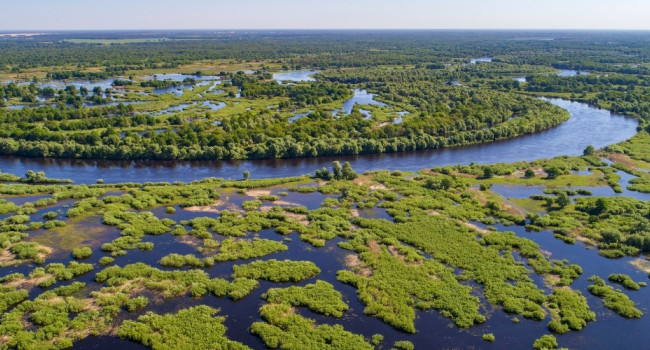Rapid decline of the volcanically threatened Montserrat Oriole
Author(s): Hilton, G.M., Atkinson, P.W., Gray, G.A.L., Arendt, W.J. & Gibbons, D.W.
Published: May 2003 Pages: 11pp
Journal: Biological Conservation Volume: 111 ( part 1 )
Digital Identifier No. (DOI): 10.1016/S0006-3207(02)00252-5
Prior to 1995, the Montserrat oriole (Icterus oberi) was confined to ca. 30 km2 of hill forest on the Lesser Antillean island of Montserrat, but was not listed as globally threatened. Since then, the eruption of the Soufriere Hills volcano has destroyed more than half of the species’ range. Recent intensive monitoring has indicated that the species has also declined dramatically within the remaining intact forest, and is now critically threatened. Different monitoring and analytical methods indicate a decline of 8–52% p.a., and a remaining global population of ca. 100–400 pairs. This case study justifies the use of the restricted range criterion in designating threatened species. Despite intensive monitoring and the use of several analytical methods, it has proved surprisingly difficult to estimate the magnitude of the oriole’s decrease, or to control for potential artefacts in the census method. We discuss the reasons for this. The cause(s) of population decline in the intact forest are unclear, though two hypotheses appear plausible: a decrease in arthropod food, a result of volcanic ash fall, and an increase in nest predation as a result of increases in populations of opportunistic omnivores.
Staff Author(s)







Share this page